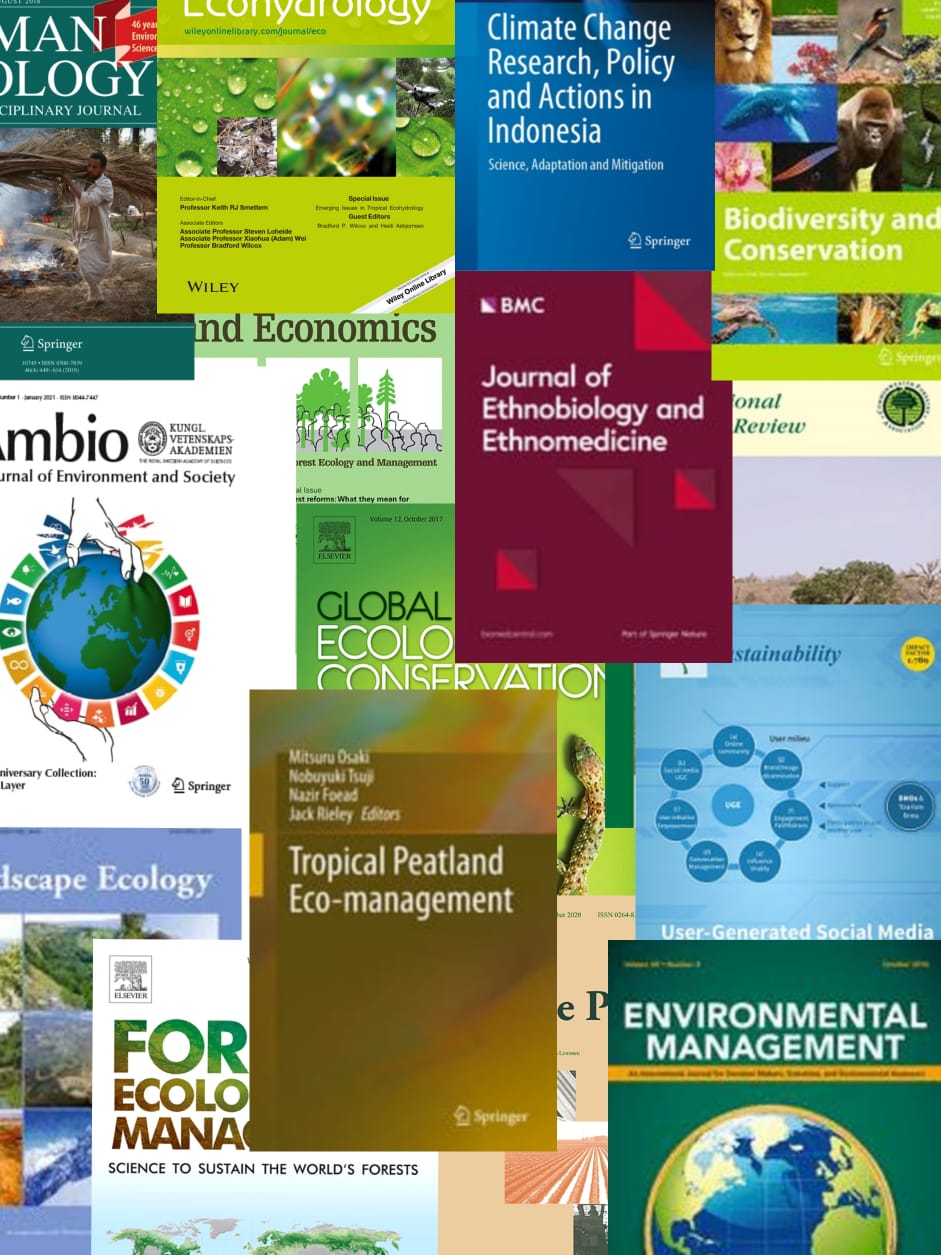Carbonaceous aerosols affect air quality adversely, affect global warming, and human health. However, our understanding of the impact of ultrafine (PM0.1) carbonaceous particulate matter is incomplete, particularly the effects during haze episodes. This study monitored diurnal variations in PM0.1 in Chiang Mai, Thailand, from March to April 2020. We investigated carbonaceous PM0.1 collected by an ambient nano-sampler and evaluated their effect by using a carbon analyzer (IMPROVE_TOR). The results showed that burning large open areas in the dry season was crucial for increasing the particle mass concentration because of the large open burnings that occurred in this area. The majority of biomass fires near the sampling site occurred during the night, which would allow more particles to be released thus resulting in higher concentrations of PM0.1. Hence, the release of PM0.1 during the night would obviously result in higher concentrations than that during the day. In the eight carbon profiles, organic carbon 3 (OC3) was predicted to be a marker of biomass fires. The carbon indices displayed that PM0.1 was influenced by biomass burning both daytime and nighttime. The findings reported herein should be of great importance in terms of establishing biomass burning control policies for mitigating heavy haze pollution in Thailand and elsewhere.
View source

